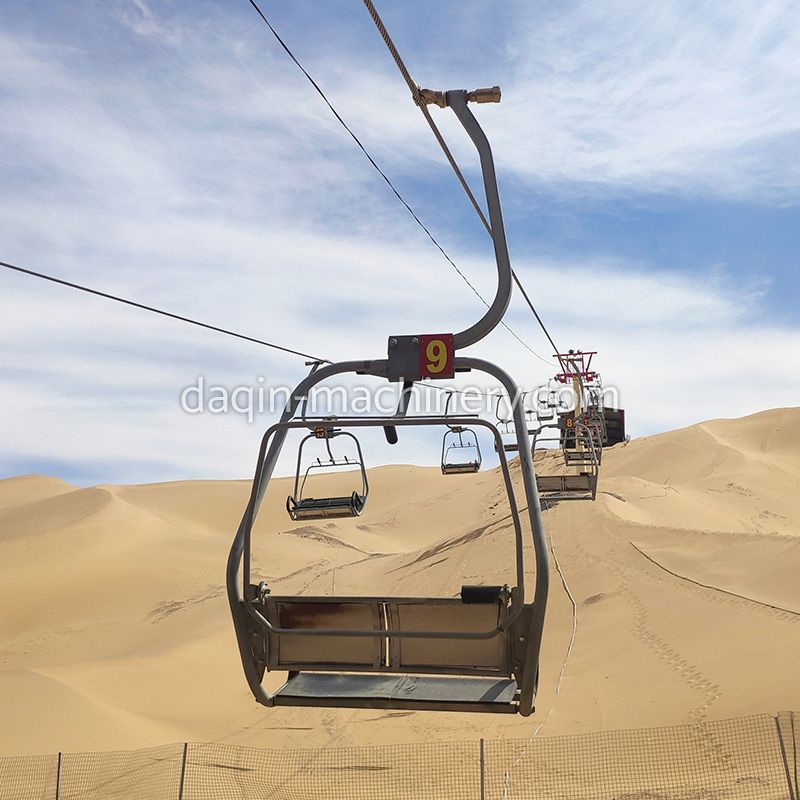How Do Chairlifts Stay on Cable?
When you think of chairlifts, the image that likely comes to mind is of skiers and snowboarders gliding up a snowy mountain slope, perched on chairs suspended from a high cable. But have you ever wondered how these chairlifts manage to stay securely on the cable, transporting passengers safely and efficiently up and down the mountain? The answer lies in a fascinating combination of engineering, physics, and precision design.
1. The Cable
At the heart of every chairlift system is the cable itself. Typically made of steel, these cables are incredibly strong and durable. The cables are designed to handle the weight of multiple chairs, passengers, and the forces exerted on them during operation. They are meticulously inspected and replaced regularly to ensure their integrity.
2. Grips and Detachable Systems
Chairlifts use a variety of gripping mechanisms to stay attached to the cable. There are primarily two types of chairlift systems: fixed-grip and detachable-grip.
Fixed-Grip Chairlifts: In fixed-grip systems, chairs are permanently attached to the cable. They rely on a grip mechanism that clamps onto the cable and remains attached throughout the entire journey. These grips are carefully designed to provide a secure hold while allowing the chair to travel smoothly along the cable.

Detachable-Grip Chairlifts: Detachable-grip chairlifts, on the other hand, allow chairs to be attached and detached from the cable at certain points in the lift's path. Passengers load onto the chair while it is stationary, and as the chair approaches a specific point on the cable, it slows down, allowing a specialized grip to release the chair. After passengers have disembarked, the chair continues its journey, and another grip mechanism reattaches it to the cable. This system enables higher speeds and shorter wait times for passengers.
3. Tension and Counterweight Systems
To maintain proper tension in the cable and prevent sagging, chairlifts incorporate tensioning systems. These systems consist of weights or hydraulic mechanisms that balance the weight of the chairs and passengers. As chairs are loaded and unloaded, the tensioning system adjusts to maintain the desired tension in the cable.
4. Safety Measures
Safety is paramount in chairlift design. Multiple redundant safety features are in place to ensure that chairs remain securely attached to the cable. These features include backup grip mechanisms, emergency brakes, and regular inspections by trained technicians. Additionally, chairlifts are equipped with sensors and monitoring systems that can detect any anomalies or irregularities in the operation of the lift, automatically stopping it if necessary.
5. Design and Engineering
The design and engineering of chairlifts Cableways are highly specialized and require a deep understanding of physics and mechanical principles. Engineers carefully calculate the forces at play, taking into account factors such as wind, snow loads, and the weight of passengers. They also consider the terrain and elevation changes of the mountain to determine the optimal path for the cable.
Moreover, the chairs themselves are meticulously designed for both comfort and safety. They are equipped with safety bars, footrests, and sometimes even heated seats to enhance the passenger experience.
Conclusion
Chairlifts are a marvel of engineering, combining precision design with the principles of physics to provide safe and efficient transportation in mountainous terrain. Whether fixed-grip or detachable-grip, these systems rely on strong cables, gripping mechanisms, tensioning systems, and a host of safety features to ensure that passengers can enjoy the stunning views and exhilarating rides while remaining securely attached to the cable. So, the next time you find yourself ascending a mountainside on a chair lift Cableway, you can appreciate the complex engineering that allows you to enjoy the ride with confidence.
149
0
0


Comments
All Comments (0)